Singapore developing improved system to detect maritime threats 'as early and as far away' as possible
SINGAPORE: In the waters off the southeastern tip of Singapore, “trouble” was brewing.
The Singapore Maritime Crisis Centre (SMCC), made up of different agencies such as the Republic of Singapore Navy (RSN) and Police Coast Guard (PCG) to detect and respond to maritime security threats, flagged a Singapore-bound chemical tanker for showing what is called anomalous behaviour.
The SMCC observed that this particular tanker had earlier gone missing from regular shipping channels but then reappeared, raising suspicions of a possible hijack.
More worryingly, the Maritime and Port Authority (MPA) – another agency in the SMCC – detected explosive cargo in the tanker’s manifest.
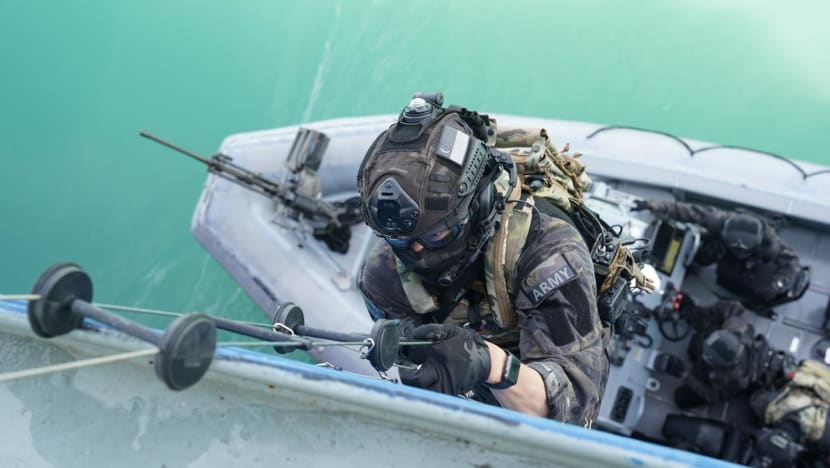
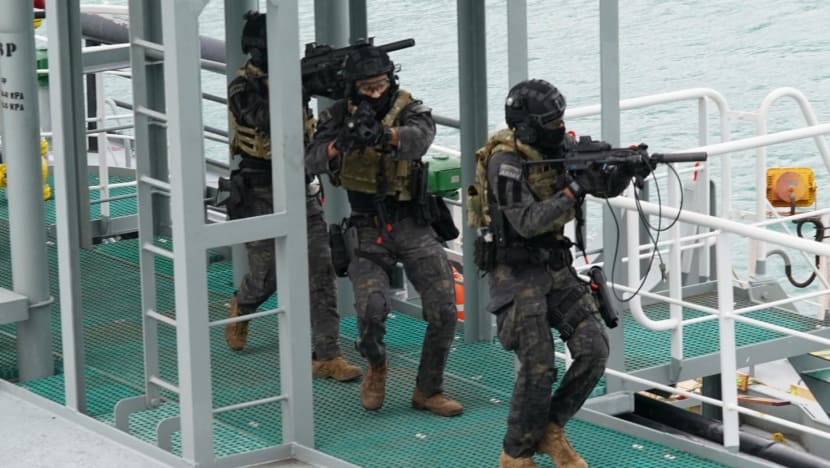
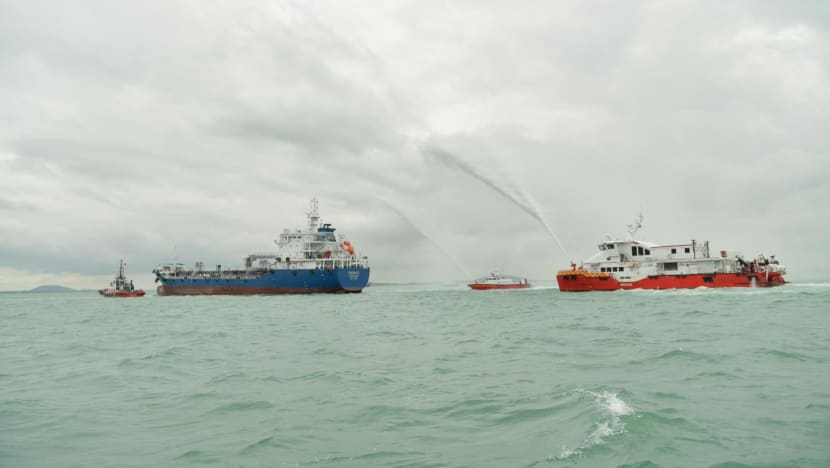
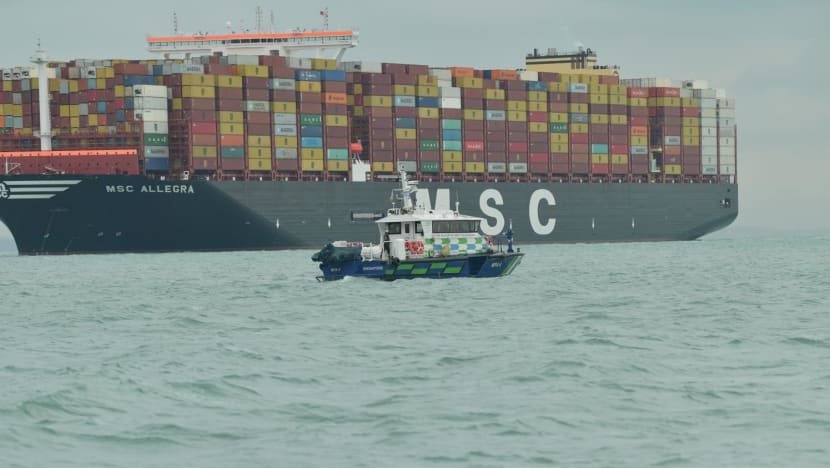
The RSN and PCG dispatched a littoral mission vessel and interceptor boats to escort the tanker. At a nearby base, elite operators from the Special Operations Task Force (SOTF) were on standby.
The suspicious tanker was escorted to a specific anchorage away from the mainland for checks, while MPA boats diverted traffic to different shipping lanes. RSN boarding teams climbed the tanker to establish intent.
But the tanker’s crew members pulled out guns instead, and a firefight erupted. The SMCC declared the vessel hostile, and SOTF troopers on fast boats and Republic of Singapore Air Force Super Puma helicopters were unleashed.
The soldiers roped down to the tanker, before taking out the threats. Then a fire broke out, possibly from the gunshots on board. The Singapore Civil Defence Force activated its specialised firefighting boats to put out the blaze.
Finally, MPA tugboats dragged the tanker away, and a potentially devastating crisis on Singapore soil was averted.
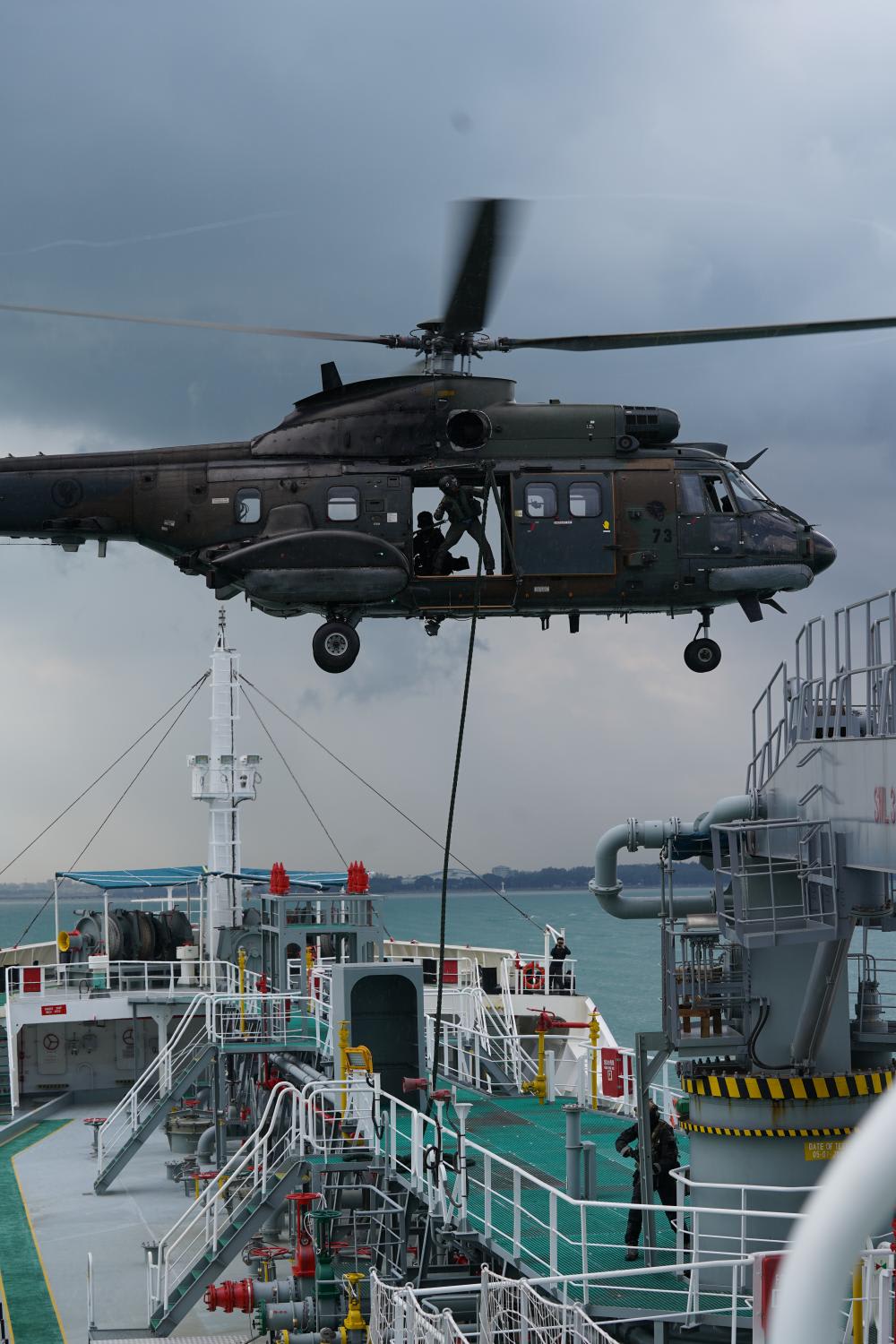
Intelligence gleaned by the SMCC showed that terrorists were going to ram the tanker into a key installation on Jurong Island, part of a larger ploy to attack US allies in the region.
This scenario was part of Exercise Highcrest 2021, held from Monday (Nov 8) to Friday to test inter-agency coordination in neutralising threats and locking down sea routes during a serious maritime security situation.
Senior Minister and Coordinating Minister for National Security Teo Chee Hean visited RSS Singapura – Changi Naval Base on Friday to observe the exercise and was briefed on the SMCC's progress.
The exercise is a biennial affair, as the terrorist threat to Singapore remains high and attacks from the sea cannot be ruled out.
IMPROVED SENSE-MAKING SYSTEM
This is why the SMCC, established in 2011 and often the brain behind maritime security operations such as the one played out during Exercise Highcrest, wants to do its job better.
The centre is developing a next-generation sense-making system to improve its abilities in detecting maritime security threats “as early and as far away” from Singapore as possible, the Ministry of Defence (MINDEF) said in a news release on Friday.
The system will be fully operationalised in the middle of next year.
“The system uses live links to databases of national maritime security agencies and information gathered from stakeholders in the shipping industry to detect and flag out vessels with anomalous behaviour in real time,” MINDEF said.
“The vessel profiles are continually refined as the threat scenario evolves to uncover potential maritime security threats with few tell-tale signs.”
These threat assessments are then shared with national maritime security agencies so they can decide on relevant operational responses.
Related:
The SMCC already does something similar by combining information from national intelligence agencies, think-tanks and commercial maritime stakeholders, enabling a coordinated and multi-layered response to identified threats.
For example, the centre coordinated maritime security operations during high-profile events held near coastal areas, like the National Day Parade and 2018 Trump-Kim Summit, when the two leaders met on Sentosa.
In 2019, the SMCC’s sense-making system successfully flagged a vessel carrying a crew member who had posted radical religious messages on social media.
Security forces boarded the vessel to ensure that the crew had no malicious intent, while the Immigration and Checkpoints Authority barred the crew from disembarking.
QUICKER DETECTION OF SUSPICIOUS SHIPS
The next-generation sense-making system will provide more comprehensive, automated and real-time threat assessments, improving situational awareness and decision making.
It automatically ingests and consolidates maritime information from more sources, including proprietary whole-of-government systems, commercial platforms and publicly available ship data.
These sources include surveillance cameras belonging to Home Team agencies, as well as commercial multi-country maritime information sharing platforms.
The system then uses data analytics and a technique called entity resolution to match the data to the correct ship, before trawling through it to detect tell-tale signs that raise suspicion.
Some signs involve ships that go widely off course, or those carrying crew that fail to submit required documents before entering Singapore waters.
“Some of the sources do not fact check the data, including the names or numbers that come in,” said Mr Tan Yang Zhi, a programme manager at the Defence Science and Technology Agency, which developed the system with DSO National Laboratories.
“But the entity resolution algorithm allows us to match (the data even if) there are spelling errors or missing digits.”

Once a ship is flagged in the system, its interface – which shows the outline of Singapore surrounded by thousands of dots representing ships – will display a pop-up prompting SMCC personnel to look more closely at the vessel.
They can check what caused the trigger by reviewing different sets of data on the ship. This information is shared with different maritime security agencies seeing the same picture, and they can then decide on an appropriate response.
This kind of approach cuts the time needed to produce a threat assessment for a single ship from a few hours to mere minutes, said Colonel (COL) Desmond Low, director of SMCC's National Maritime Sense-making Group.
Previously, SMCC operators needed to manually insert some of the data into the older system, while some analysis was also done manually and in batches due to the large volume, he said.
EVOLVING THREATS AND TECHNOLOGY
Mr Teo told reporters on Friday that the next-generation system uses data analytics to “try and detect possible threat patterns earlier”.
“So that when they arrive closer to our shore, you’re ready to further investigate them and make sure they don’t present themselves as threats,” he said.
Mr Teo pointed out that Singapore sits on one of the world’s busiest shipping lanes, with many of these ships calling at Singapore’s ports and coming into “close proximity to our land”.
“So, we have to be prepared for different kinds of threats and they continue to evolve,” he added.
For instance, chemical tankers could act as floating time bombs, mid-sized passenger ships could ferry terrorists, while smaller boats could be used to ram into targets.
“To stay ahead of the evolving threat environment, the system will continue to be upgraded to incorporate more data sources and exploit the latest developments in data analytics,” MINDEF said.
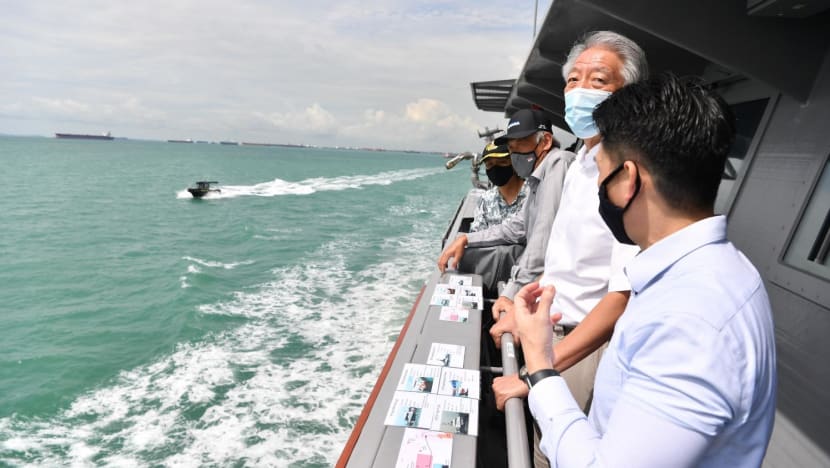
COL Low said the next-generation system was first developed at the end of 2016, with the SMCC using an early version of it in 2017.
It has been continuously improved over the years, and is currently in the final stages of integration and testing, he said.
“Testing the different data streams that are coming in, the analytical tools – making sure we get the right answer – and also some of the security systems built in,” he added.
“Because this is going to be employed with our maritime security partners, one of our key concerns is also cybersecurity ... and safeguarding important data.”














